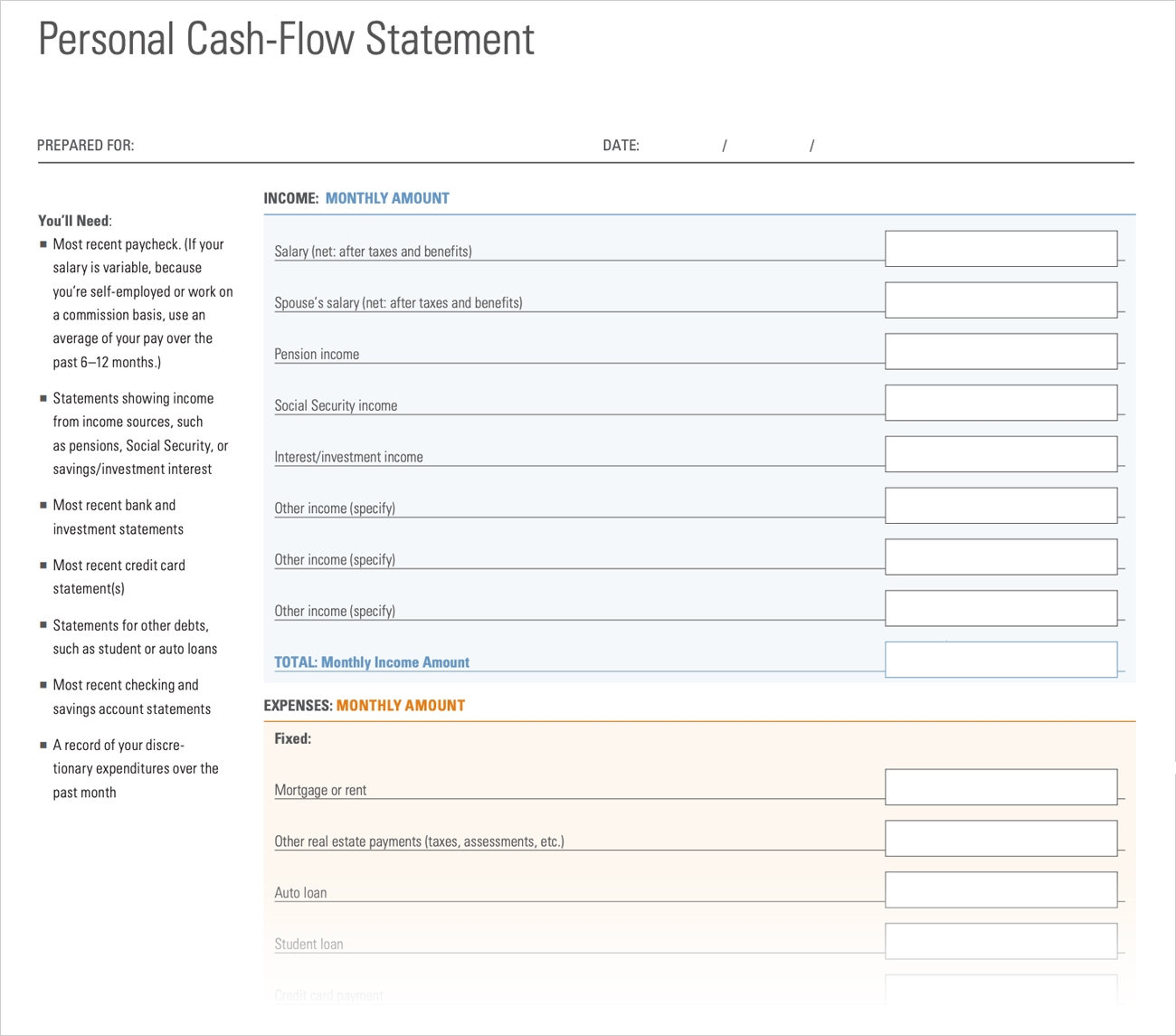

Finance
Operating Cash Flow Demand (OCFD) Definition
Published: January 3, 2024
Learn the definition of Operating Cash Flow Demand (OCFD) in finance and how it impacts businesses. Enhance your financial knowledge with this concise explanation.
(Many of the links in this article redirect to a specific reviewed product. Your purchase of these products through affiliate links helps to generate commission for LiveWell, at no extra cost. Learn more)
Understanding Operating Cash Flow Demand (OCFD) Definition
Welcome to our “FINANCE” category! Today, we are going to talk about a critical aspect of financial analysis known as Operating Cash Flow Demand (OCFD). If you’ve ever wondered how a company manages its cash flow to meet operational demands, then you’re in the right place. In this blog post, we will dive deep into the OCFD definition, its significance, and how businesses can effectively manage it.
Key Takeaways:
- Operating Cash Flow Demand (OCFD) refers to the amount of cash a business needs to cover its day-to-day operational expenses.
- Effective OCFD management is essential to ensuring business continuity and growth.
Now that we have our key takeaways, let’s delve into more detail about OCFD and its significance.
In simple terms, Operating Cash Flow Demand (OCFD) can be defined as the amount of cash a business requires to sustain its operations on a day-to-day basis. It represents the cash needed to cover expenses such as payroll, rent, utilities, and inventory replenishment, among others. OCFD is crucial for running a successful business, as insufficient cash flow can hinder a company’s ability to meet its routine financial obligations.
Managing OCFD effectively is vital for businesses of all sizes. Here are two key strategies to help manage OCFD:
- Budgeting: Creating a detailed budget that outlines your company’s income and expenses can help you identify any potential shortfalls in cash flow. By monitoring and adjusting your budget regularly, you can ensure that you have enough cash to cover your operational demands.
- Improving Receivables: Timely collection of accounts receivable can significantly impact your cash flow. Implementing strategies such as offering discounts for early payments, conducting credit checks on customers, and establishing clear payment terms can help improve your receivables and maintain a healthy cash flow.
It is important to remember that OCFD varies across industries and individual businesses. Factors such as seasonality, market conditions, and business growth can influence the level of cash required to meet operational demands. By closely monitoring and managing OCFD, businesses can mitigate financial risks and ensure a steady cash flow to support their operations and potential growth.
In conclusion, Operating Cash Flow Demand (OCFD) plays a crucial role in the financial stability and growth of a business. By understanding the concept of OCFD and implementing effective management strategies, businesses can navigate financial challenges and ensure the availability of sufficient cash to meet their day-to-day operational expenses.
Thank you for reading our blog post on OCFD! We hope you found it informative and valuable. Stay tuned for more insightful articles in our “FINANCE” category.














